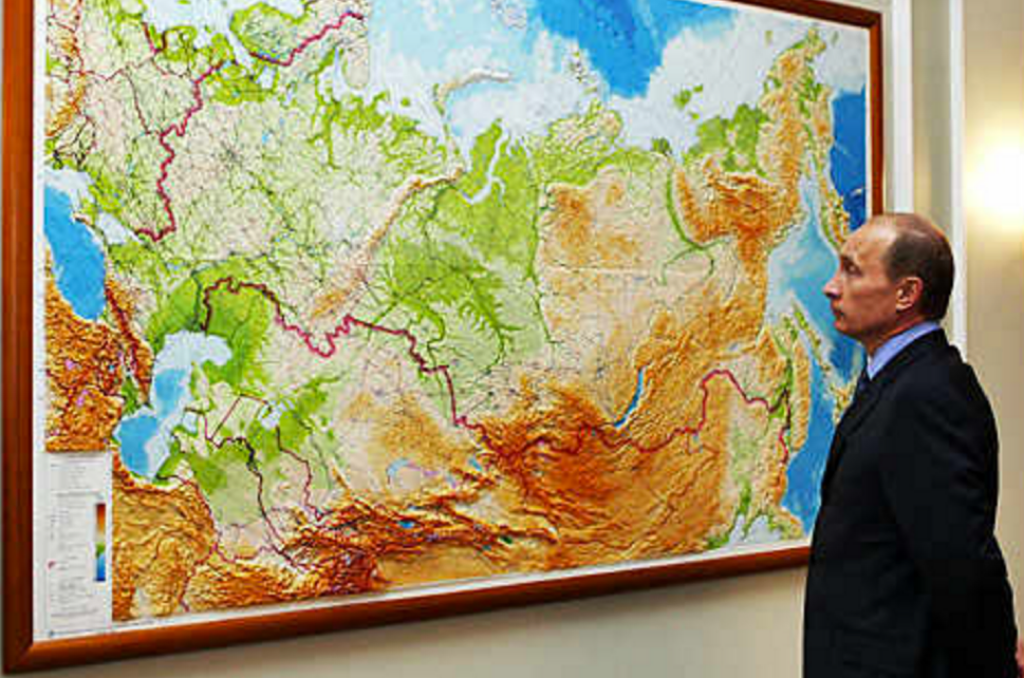Azizjon Azimi is an adjunct senior researcher at NYU Jordan Center for the Advanced Study of Russia. His research focuses on Eurasianism, corruption, immigration and remittances, and foreign direct investment in Russia and Central Asia
There is one metric by which Tajikistan – the poorest post-Soviet republic that borders the restive Afghanistan – leads the globe. The country has the world’s highest ratio of migrant remittances as percentage of GDP, with roughly 90% of Tajik laborers abroad working in Russia. Before the oil price downfall and advent of Western-led sanctions on Russia, remittances were equivalent to more than 45% of Tajikistan’s GDP. This year, the number has dropped to slightly more than 30%, while the country’s real GDP contracted by 15% - secondary outcomes of Russia’s economic crisis. Nonetheless, such a rapid decline in the socioeconomic well-being of Tajiks has made the country a viable pawn in Russia’s geopolitical game of chess for expansion of the Eurasian Economic Union (EEU) – Vladimir Putin’s grand project of EU-style regional integration.
Despite Russia’s implicit support for Eurosceptic political parties across the continent and fierce criticism of Euro-Atlantic integration, Putin has vigorously sought the implementation of a single economic market with former Soviet republics since returning to the Kremlin in 2012. By then, Russia already dominated a military bloc under the Collective Security Treaty Organization (CSTO) signed back in 2002 that consisted of Belarus, Kazakhstan, Armenia, Kyrgyzstan, and Tajikistan. "We suggest a powerful supranational association capable of becoming one of the poles in the modern world and of serving as an efficient bridge between Europe and the dynamic Asia-Pacific region," Putin wrote in a campaign article in 2011. The coming years proved the gravity of his intentions. The Eurasian Economic Union of Russia, Belarus, and Kazakhstan, formed on the basis of tripartite Customs Union, came into effect on January 1st 2015, with Armenia and Kyrgyzstan formalizing their ascension into the union by the fall of that year. There was only one unconquered bastion remaining among members of the CSTO – Tajikistan.
While agreeing to host Russia’s largest military base abroad – the 201st Military Base – the Tajik government has continuously pursued an “open door’ foreign policy. The country has acted as a crucial transit hub for NATO forces stationed in Afghanistan, furthering military ties with the bloc along the way. Concurrently, it has profoundly increased economic ties with China, attracting billions of dollars in large-scale infrastructural investments and loans. In 2011, the government controversially handed over roughly 1% of the country’s territory to China as part of a deal involving cancellation of debt. By 2015, China had become Tajikistan’s largest trading partner and vital source of foreign capital at a time when Russia’s proportion of direct investment into the country fell to 7.4% from 30% in 2010.
In conjunction, these factors have allowed the Tajik government room to maneuver in relation to the Eurasian Economic Union – for now. In response, Russia has come to use its carte blanche in the form of migration. The systematic deportation of over 400,000 Tajik migrants from Russia over the past few years can only be seen through the prism of geopolitics. Moreover, the institutionalization of a language examination as part of migrant registration process, along with an increase in bureaucratic fees, have added severe constraints to Tajik migrants’ prospects for legal employment in the Russian Federation. Mounting pressure on Putin’s part has sent a clear signal: such administrative barriers can be lifted momentarily if Tajikistan follows Kyrgyzstan and decides to join the EEU. Subsequently, permanent prolongation of the remittance-based structure of Tajikistan’s economy could ensure an indefinite extension of authoritarianism in the country and continued inflow of cheap labor into Russia, guaranteeing a win-win for both sides.
In their joint paper “Domestic Explanations of International Relations,” NYU Politics Professors Bruce Bueno de Mesquita and Alastair Smith argue that understanding domestic politics is valuable in predicting foreign policy. In light of the upcoming presidential elections in 2018, which are supposed to solidify Putin’s transition into his last term in power, it is plausible that he will try to formally act on the longtime post-Soviet nostalgia for imperial grandeur. While the annexation of Crimea was a fundamental step in that direction, the emergence of a supranational union under de facto Russian domination could serve as the effective conclusion of a long path to superpower’s restoration for electoral purposes. Hence migration is key to Putin’s geopolitical strategy of stepping up internal pressure on authoritarian regimes in his quest for a full-fledged Eurasian Union.



